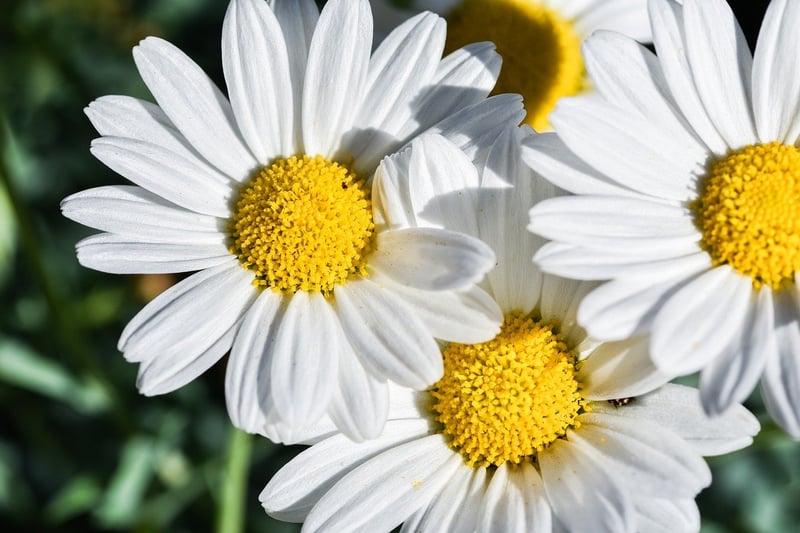Light Requirements
The Importance of Light Requirements for Plant Health
Plants play a vital role in our environment by providing oxygen, food, and beauty. To ensure the health and proper growth of plants, it is crucial to understand their light requirements. Light is an essential factor that affects photosynthesis, the process through which plants produce their food. Different plants have varying light requirements, and providing the right amount of light is key to their overall well-being.
Types of Light Requirements
Plants can be categorized based on their light requirements into three main groups:
- Full Sun Plants: These plants require direct sunlight for at least six hours a day. Examples include tomatoes, peppers, and roses.
- Partial Sun/Partial Shade Plants: These plants thrive in dappled sunlight or direct sunlight for only a few hours a day. Examples include hostas, ferns, and begonias.
- Full Shade Plants: These plants prefer minimal to no direct sunlight and thrive in shaded areas. Examples include ferns, mosses, and certain types of orchids.
Impact of Light on Plant Health
Light directly influences several aspects of plant health, including:
- Photosynthesis: The process by which plants convert light into energy for growth and development.
- Color and Growth: Insufficient light can lead to pale or leggy growth, while the right amount promotes vibrant colors and sturdy growth.
- Flowering and Fruit Production: Adequate light is crucial for flowering plants to bloom and fruit-bearing plants to produce fruits.
- Overall Plant Vitality: Proper light exposure enhances plant immunity, resilience, and overall vitality.
Tips for Maintaining Plant Health through Proper Light Exposure
To ensure your plants receive adequate light for optimal health, consider the following tips:
- Know Your Plant: Understand the specific light requirements of each plant species you have.
- Monitor Light Levels: Regularly check the amount of light your plants receive throughout the day.
- Rotate Plants: Rotate potted plants regularly to ensure all sides receive equal light exposure.
- Supplemental Lighting: Consider using grow lights for indoor plants that do not receive sufficient natural light.
- Protect from Harsh Sun: Shield sensitive plants from intense midday sun to prevent sunburn.
By understanding and meeting the light requirements of your plants, you can promote their growth, flowering, and overall health. Remember, light is a fundamental element in the life of a plant and plays a significant role in its well-being.

Image Source: Pixabay
